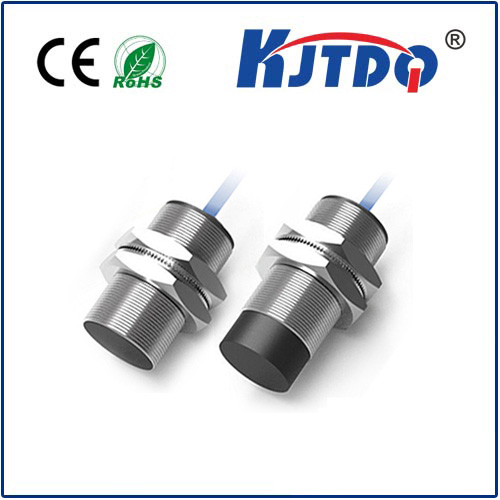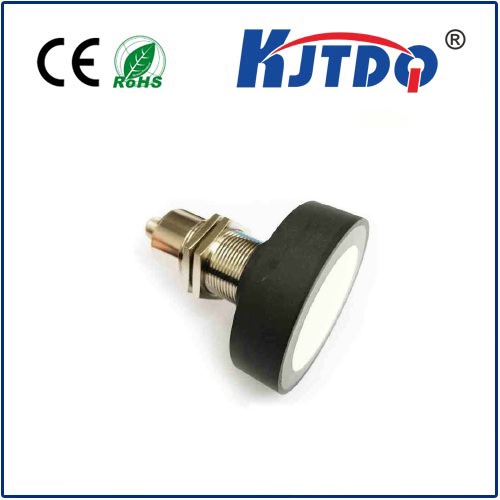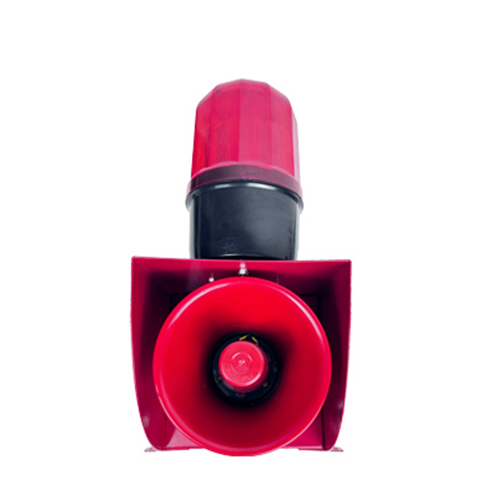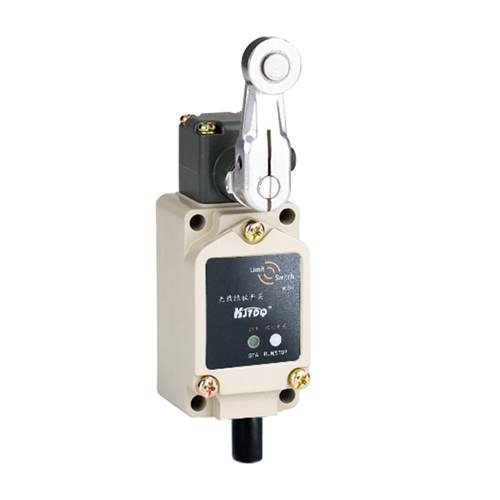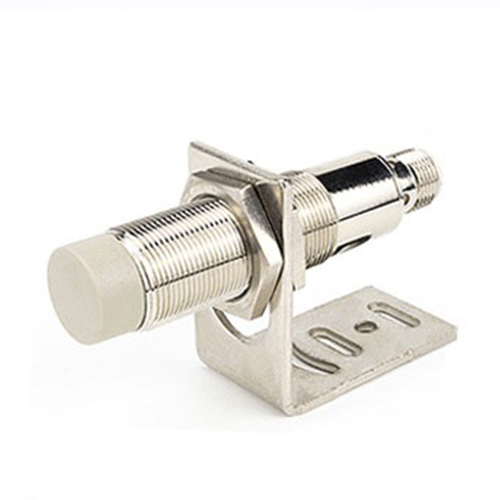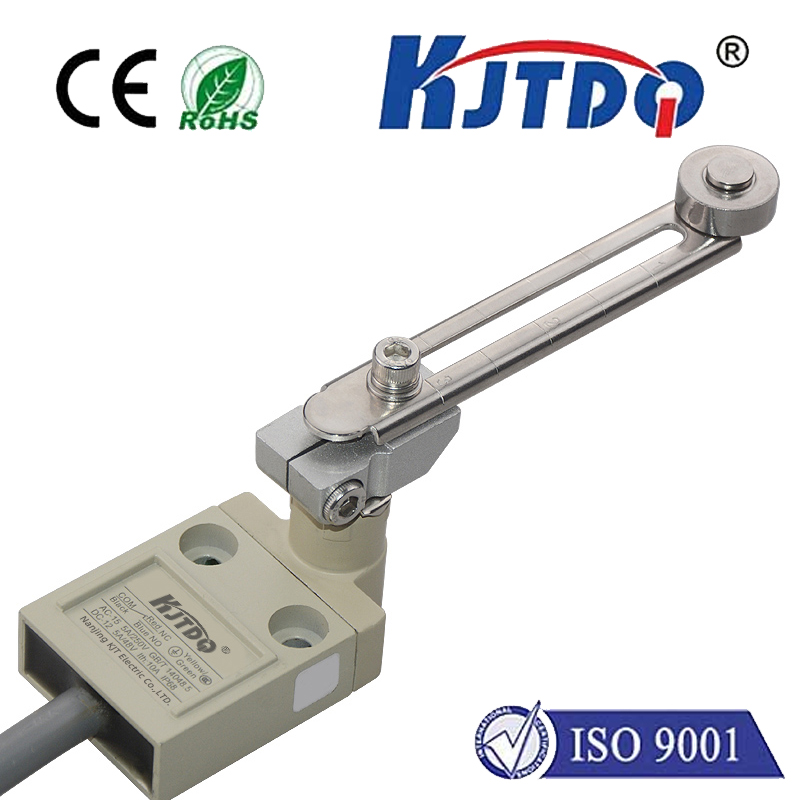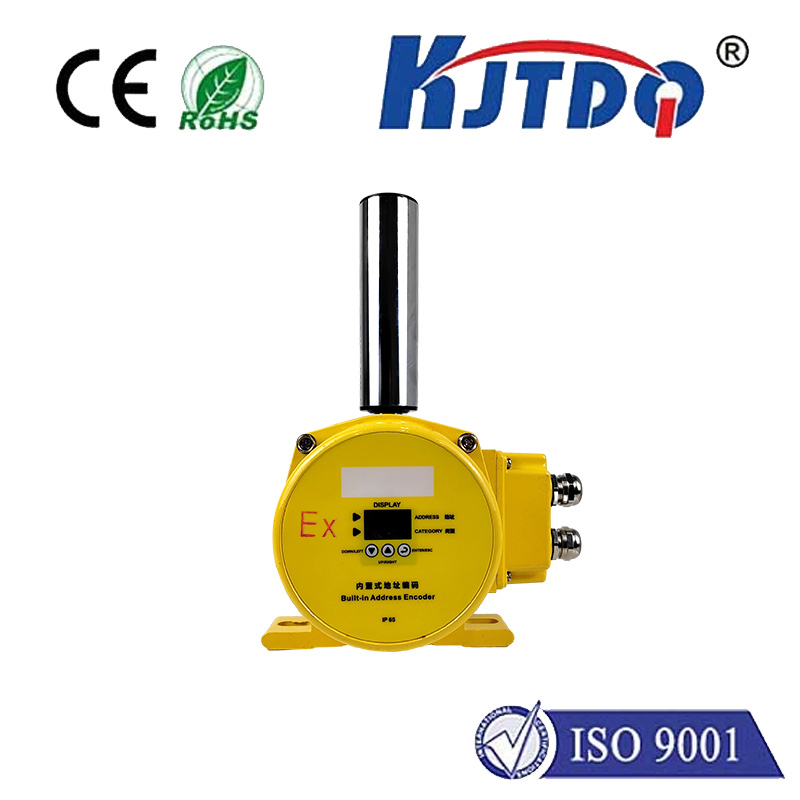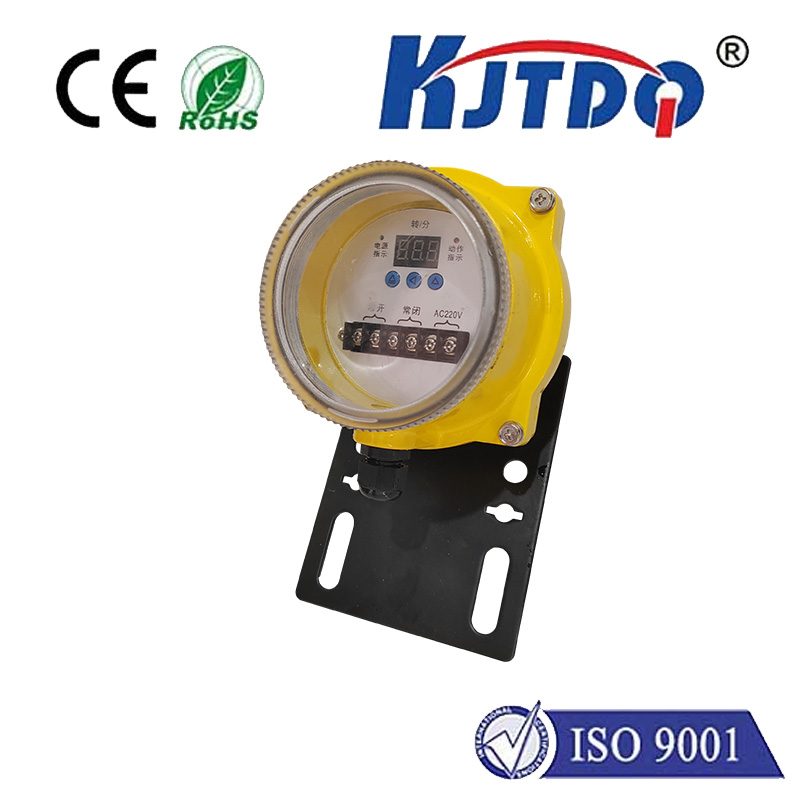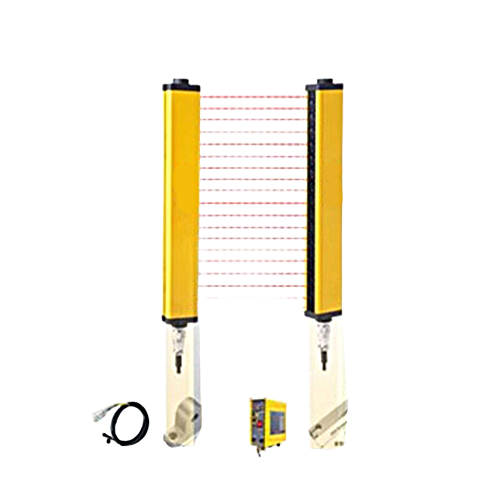ir proximity sensor
- time:2025-09-05 12:23:55
- Нажмите:0
IR Proximity Sensors: The Invisible Eyes Powering Everyday Tech
You’ve almost certainly interacted with one today, probably without even realizing it. That smartphone dimming its screen as you raise it to your ear? The automatic faucet turning on when you place your hands underneath? The security light illuminating your path? All these rely on a small, often unseen marvel of modern electronics: the IR proximity sensor. Operating silently and invisibly, these sensors detect the presence or absence of nearby objects without physical contact, forming an essential backbone for convenience, automation, and safety in countless devices.
Understanding the Core Concept
At its heart, an IR proximity sensor leverages the principles of infrared light. Human eyes can’t see infrared, but it’s all around us as part of the electromagnetic spectrum, emitted by warm objects (including our bodies). A typical active IR proximity sensor consists of two key components:
- Infrared Emitter (IR LED): This component actively beams out a beam of infrared light, usually pulsed at a specific frequency.
- Infrared Detector (Photodiode or Phototransistor): This component is tuned to detect the specific wavelength of IR light emitted by its paired LED.
How Does It Sense Proximity?
The fundamental working principle depends on the reflection or interruption of this emitted IR light:

- Reflection-Based Detection (Most Common):
- The IR LED emits its light beam outward.
- If an object is within the sensor’s detection range, this light beam hits the object and reflects back towards the sensor.
- The IR detector picks up this reflected light.
- The sensor’s internal circuitry analyzes the strength or the time it takes for the light to return.
- Intensity Method: Generally used for simpler, shorter-range sensors. The closer an object is, the stronger the reflected signal received. The sensor triggers when the reflected intensity exceeds a predetermined threshold.
- Time-of-Flight (ToF) Method: Used in more advanced/professional sensors. The sensor precisely measures the time between emitting the light pulse and receiving its reflection. Using the constant speed of light, it calculates the distance (
distance = (speed of light × time) / 2). This allows for much more accurate distance measurements, not just presence detection.
- Interruption-Based Detection:
- In some configurations (like safety barriers), the emitter and detector are physically separate units placed opposite each other.
- The emitter continuously sends an IR beam towards the detector.
- An object passing between them interrupts this beam.
- The detector notices the loss of signal and triggers the sensor output.
Active vs. Passive: A Crucial Distinction
- Active IR Sensors (Focus of Proximity Sensing): As described above, these emit their own IR light and detect its reflection/interruption. This is what we mean by an IR proximity sensor in most contexts. They are excellent for detecting objects up to several meters away (depending on power and sensor design).
- Passive Infrared Sensors (PIR): These sensors only detect incoming IR radiation (heat signatures) emitted naturally by objects (like humans or animals). They do not emit any IR light themselves. While often used for motion detection (security lights, alarms), they are not proximity sensors in the active sense and cannot measure distance effectively. Their output typically indicates motion within a zone, not specific proximity.
Why Choose an IR Proximity Sensor?
These sensors offer distinct advantages that make them ideal for myriad applications:
- Contactless Operation: They detect objects without needing physical touch, preventing wear and tear and enabling hygienic solutions (touchless faucets).
- Relatively Low Cost: Components are inexpensive, making them suitable for mass-produced consumer electronics.
- Compact Size: They can be made very small, fitting easily into devices like smartphones and wearables.
- Low Power Consumption: Especially when using pulsed IR light, they are energy-efficient.
- Fast Response Time: Detection happens in milliseconds.
- Simple Integration: They generally provide straightforward digital or analog outputs easy for microcontrollers to process.
Navigating the Limitations
No technology is perfect, and IR proximity sensors have considerations:
- Material Sensitivity: Some materials absorb IR light very effectively (like matte black plastics) or reflect it poorly, making them hard to detect. Shiny surfaces can create problematic, overly strong reflections.
- Ambient Light Interference: Strong sunlight or other intense infrared sources (like incandescent bulbs) can flood the detector, potentially causing false triggers or reduced range/accuracy. Filtering techniques (optical filters, modulated signals) are often used to mitigate this.
- Limited Range: They are typically effective for relatively short distances (centimeters to a few meters).
- Environmental Factors: Dust, dirt, fog, or smoke on the sensor lens can significantly impair performance by blocking or scattering the IR light.
Where You’ll Find Them Working
The applications for IR proximity sensors are incredibly diverse:
- Mobile Devices: Screen dimming/turn-off during calls, auto-brightness adjustments, preventing accidental touchscreen presses in pockets. A staple feature enhancing user experience.
- Consumer Electronics: Touchless soap dispensers and faucets, paper towel dispensers. Promoting hygiene in public and private spaces.
- Home Automation: Activating lights upon entering a room (as a presence sensor), security systems, robotic vacuum cleaners for obstacle detection and cliff avoidance. Making homes smarter and safer.
- Промышленная автоматизация: Object counting on conveyor belts, position sensing, detecting products/jams in machinery, safety light curtains to protect workers. Crucial for efficiency and safety on factory floors.
- Automotive: Rain sensors activating wipers, driver alertness monitoring (detecting head proximity/presence). Enhancing comfort and safety on the road.
- Robotics: Basic obstacle avoidance, line following (using reflective tape), docking.
- Interactive Displays/Kiosks: Sensing when a user approaches to wake up the display or trigger content.
Selecting the Right Sensor: Key Considerations
Choosing the best IR proximity sensor for a job involves evaluating several factors:
- Detection Range: How far away do you need to detect objects?
- Output Type: Do you need a simple digital “on/off” signal when an object is within range, or an analog output proportional to distance, or a precise digital distance reading (ToF)? Consider the complexity of your control system.
- Field of View: How wide of an area does the sensor need to monitor? Narrow beams are good for precision, wider beams for detecting general presence.
- Environmental Conditions: Will it be exposed to dust, moisture, extremes of temperature, or strong ambient light? IP ratings and environmental hardening matter.
- Material Targets: What are the typical surfaces of the objects you need to detect? Some sensors handle challenging materials better.
- Power Constraints: How critical is low power consumption (e.g., battery-powered devices)?
- Size Constraints: How much physical space is available?
From the palm of your hand to the heart of industrial machinery, IR proximity sensors deliver the “sixth sense” of proximity detection. Their ability to interact with the physical world through invisible light, coupled with their reliability, affordability, and compactness, ensures they will remain an indispensable tool for engineers and designers, continuing to shape and simplify our interaction with technology for years to come. Next time your phone screen dims as you

